The bright moon phases will cause the meteor showers to be less impressive than in the past. We still expect some impressive light shows from our faithful showers, even with lower hourly rates. The end of May will be exciting as there is a chance of seeing a shower that has never been seen before.
If you're wondering if there's a meteor shower tonight or when the next one is, our guide will help you find out.
Space.com spoke with Bill Cooke, the lead for the Meteoroid Environment Office at NASA's Marshall Space Flight Center in Alabama, and he offered skywatching tips and details on the major meteor showers that are visible this year.
We asked if there was a shower he would recommend.
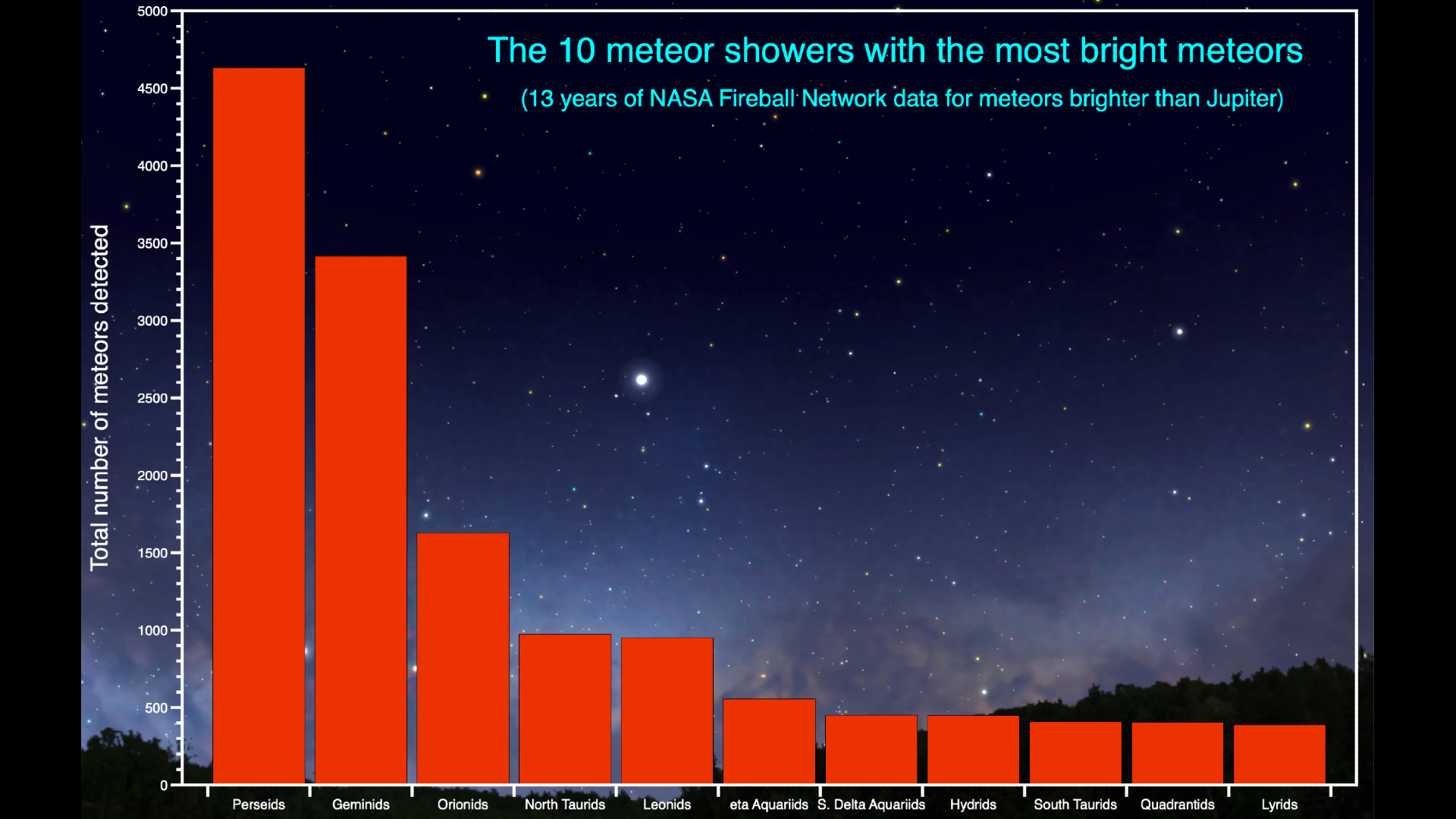
In chronological order, my choices would be the tau Herculids, the Perseids and the Geminids.
I would give the Geminids a slight edge over the Perseids. The rates from these old reliable meteor showers will suffer greatly from the moon, so people should not expect much.
| Meteor shower | Parent object | Peak | Period of activity | Zenith hourly rate (ZHR) | Moon illumination (%) |
|---|---|---|---|---|---|
| Lyrids | Comet Thatcher | Apr. 21-22 | Apr. 15-29 | 18 | 67 |
| Eta Aquarids | Halley's Comet | May 4-5 | Apr. 15 to May. 27. | 40 | 15 |
| Tau Herculids | 73P/Schwassman-Wachmann | May 30-31 (possible peak) | TBC | TBC | 0 |
| Perseids | 109P/Swift-Tuttle | Aug. 11-12 | Jul. 14 to Sep. 1 | 100 | 100 |
| Orionids | Halley's Comet | Oct. 20-21 | Sept. 26 to Nov. 22 | 20 | 21 |
| Northern Taurids | 2P/Encke | Nov. 11-12 | Oct. 13 to Dec. 2 | 5 | 88 |
| Leonids | 55P/Tempel-Tuttle | Nov. 17-18 | Nov. 3 to Dec. 2 | 15 | 36 |
| Geminids | 3200 Phaethon | Dec. 13-14 | Nov. 19 to Dec. 24 | 140 | 72 |
It is an investment of time and preparation, but it is worthwhile because it is cheap and the simplest form of astronomy there is.
If you want to observe the shower, you have to get away from bright lights, take time to adjust your eyes, and avoid looking at your cellphone. The bright screen can make it hard to adjust your night vision.
He said to take in as much of the sky as possible by lying down on your back and giving your eyes 30 minutes to adapt to the dark. The more sky you see, the better your chance is to spot a meteorite.
There is a point in the sky where the meteors appear to originate. The longer streaks will be visible farther away from the radiant, but knowing where it is can be helpful. You take in as much of the sky as you can.
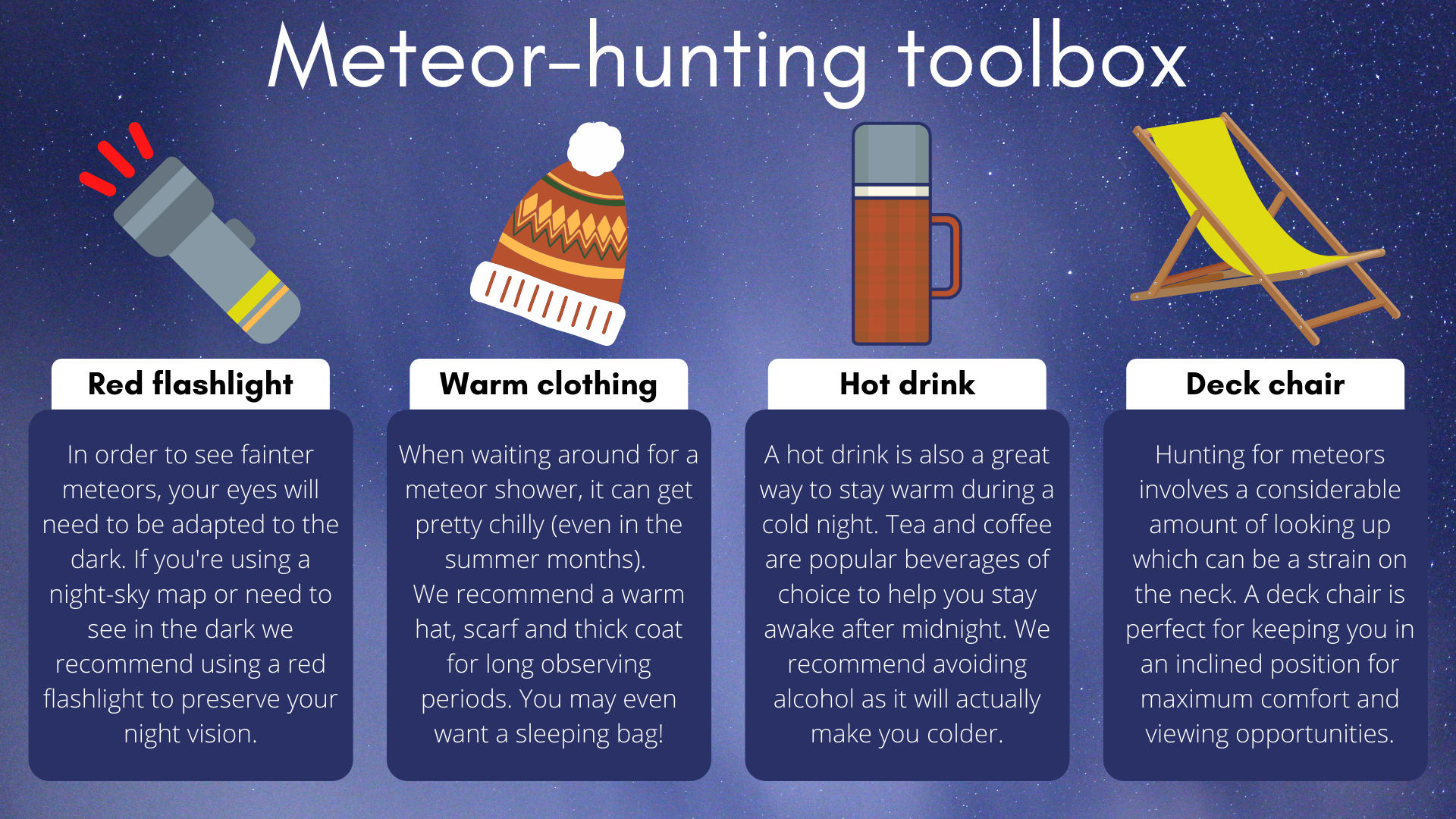
Sky conditions can affect the viewing of shooting stars. Even on a clear night, cloud coverage could block the sky. The amount of moon phases will affect the amount of light hitting the stars.
Sometimes there are bright streaks in the sky. There are fireballs and meteors in the night sky that are brighter than Venus. The rate of shooting stars can be higher than usual when the stream of space rocks gets a boost from the planet Jupiter.
There is a brilliant yellow-green fireball in the sky above England.
When Earth passes through the debris field of a comet or asteroid as these objects make their way around the sun, there are meteorites. That's why the shower appears at the same time each year. When Jupiter gets close to a stream of debris, it causes the particles to be slightly closer to Earth, increasing the number of meteors visible in the night sky. Skywatchers can see more than 1,000 meteors per hour during periods of intense activity.
Strong, medium or weak showers are classified according to their peak rates. There will be strong and medium showers in the guide when there is a good chance to see a meteorite.
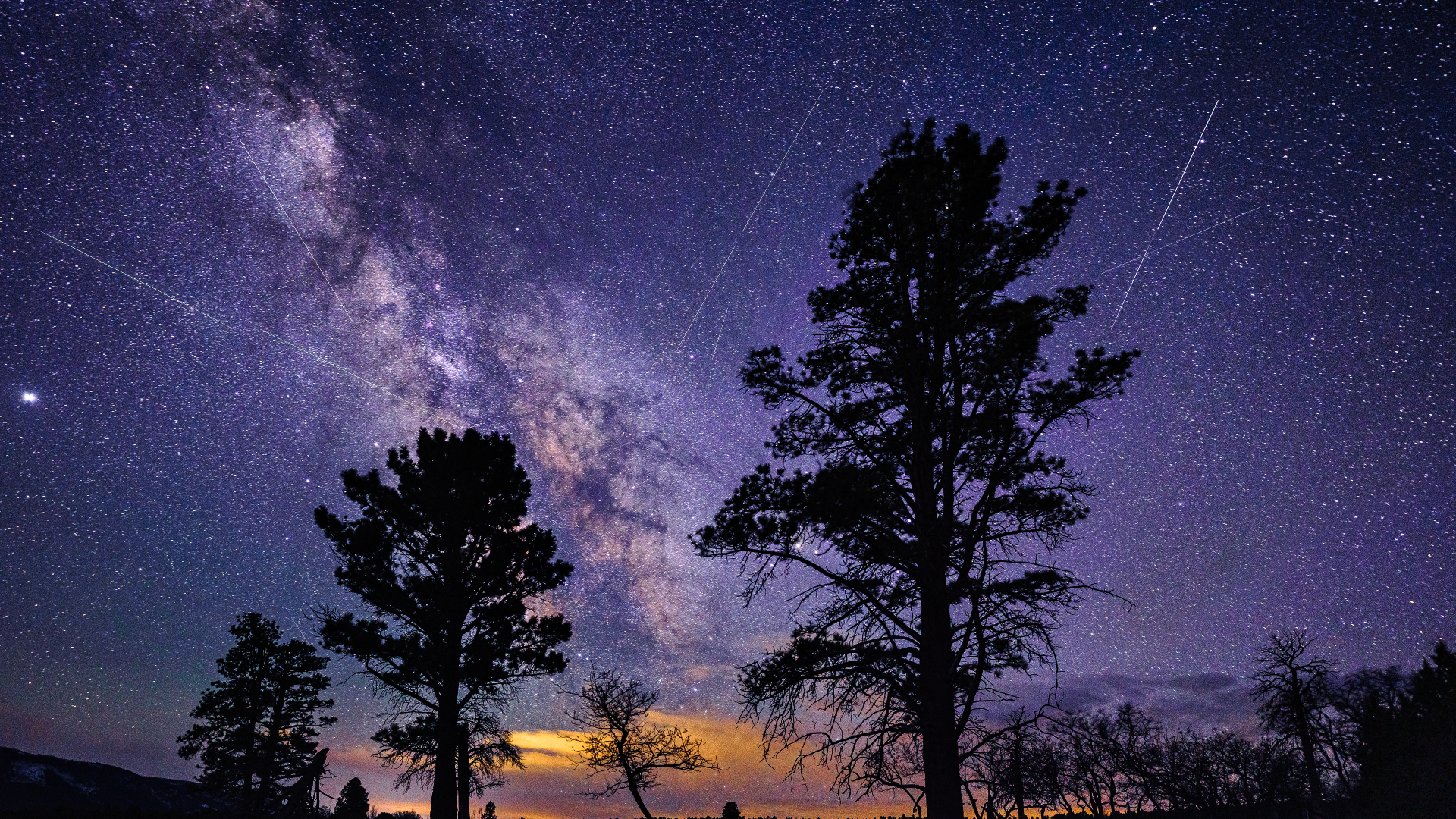
According to the AMS, the shower is a medium-strength shower. It will peak on the night of April 21 into the morning of April 22.
The moon will be full, so it may interfere with your observations. During the early hours of the morning, the sky will be high in the northern hemisphere.
How to see the lyrid meteor shower in 2022.
The constellation Hercules and the constellation Lyra will be between the radiant. You can find a good idea of where the Lyrids will be by looking for the bright star Vega, which is part of Lyra.
According to the AMS, viewers should have a good view of the shower for three days around its peak.
The source of the space bits that create the meteor shower is believed to be the comet Thatcher. According to NASA, the Lyrids have been viewed by different cultures for over 3000 years.
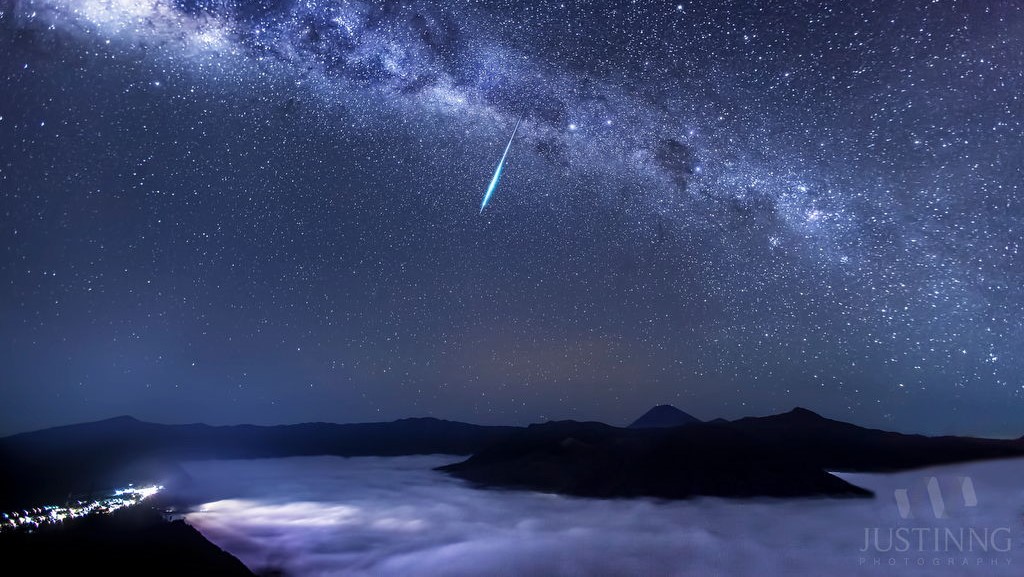
On the night of May 5, observers can see the peak of the Eta Aquarids. The maximum rate for shooting stars in a clear sky is 50 per hour. According to AMS, these fast meteors travel across the sky at about 42 miles per second.
When the shower peaks, the moon will be waxing its crescent phase.
Pieces of space debris come from a comet. The best place to view the shower is in the Southern Hemisphere or close to the equator. People in the north can also observe them.
The Eta Aquarid meteors dazzle in photos.
People close to the equator will have the best view of the Eta Aquarids. The constellation is located in the southern sky. The shooting stars will appear higher in the sky for those in the Northern Hemisphere and lower in the sky for those in the Southern Hemisphere.
The Etas are not a shower that you can go out to see after sunset. To see the Eta Aquarids, you should get up at 2 a.m. local time. The rates will increase until dawn.
According to AMS, these meteors travel at a rate of 41 miles per second.
On the night of May 30-31, the Herculids may appear. The comet 73P/Schwassman-Wachmann began to fragment in 1995.
If they were ejected at high speed, a decent display of faint meteors with rates up to one per minute may be possible. If the relative speeds are low, there won't be much. The end of May will be interesting.
The constellation Hercules is not the location of the tau Herculids radiant.
The moon is new on May 30, so there will be no moonlight to wash out faint meteors.
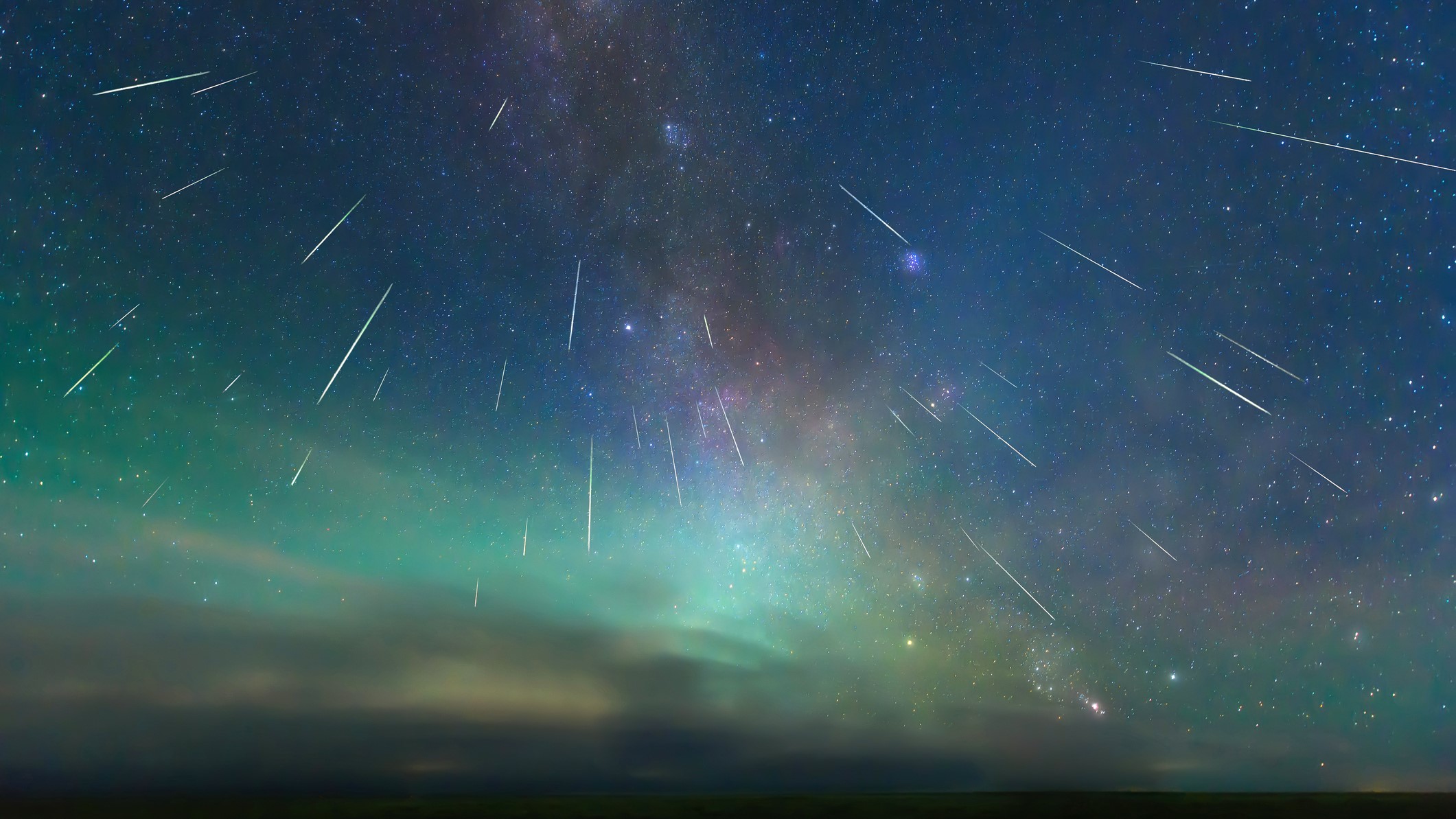
The shower is known for producing rich and bright streaks. The full moon will interfere with the Perseids.
The sky can be seen until dawn when the rates of shooting start increasing.
How to see the Perseid meteor shower in 2022, when and where.
There is a shower in the sky. The shower is produced by a comet that takes 133 years to travel around the sun.
If there is a clear sky, the Perseids will have a rate of about 100 visible and shooting stars per hour. The amount we can see will be reduced by the full moon.
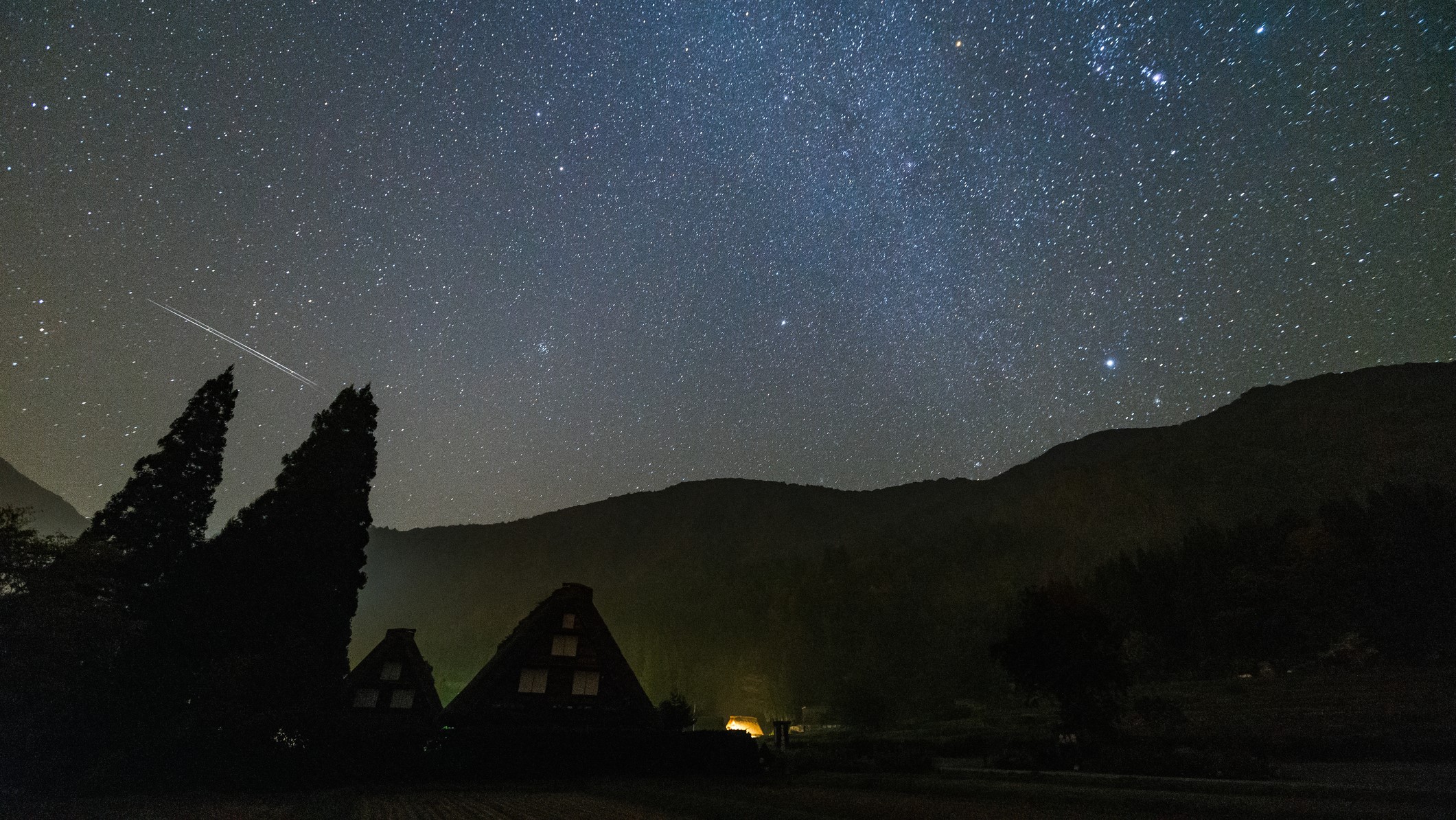
The Eta Aquarids is caused by a comet. The best time to view the constellation is on the night of Oct. 20, with clear-sky rates of about 20 meteors per hour.
The moon will be 21% full this year and so will not interfere with viewing opportunities.
One of the easiest constellations to spot with the three stars that make up its belt is the hunter, named for its radiant near the constellation.
The period of activity lasts until Nov. 7. The radiant is at its highest point at 2 a.m. local time.
Skywatchers will love the Orionid meteor shower. You can see the photos.
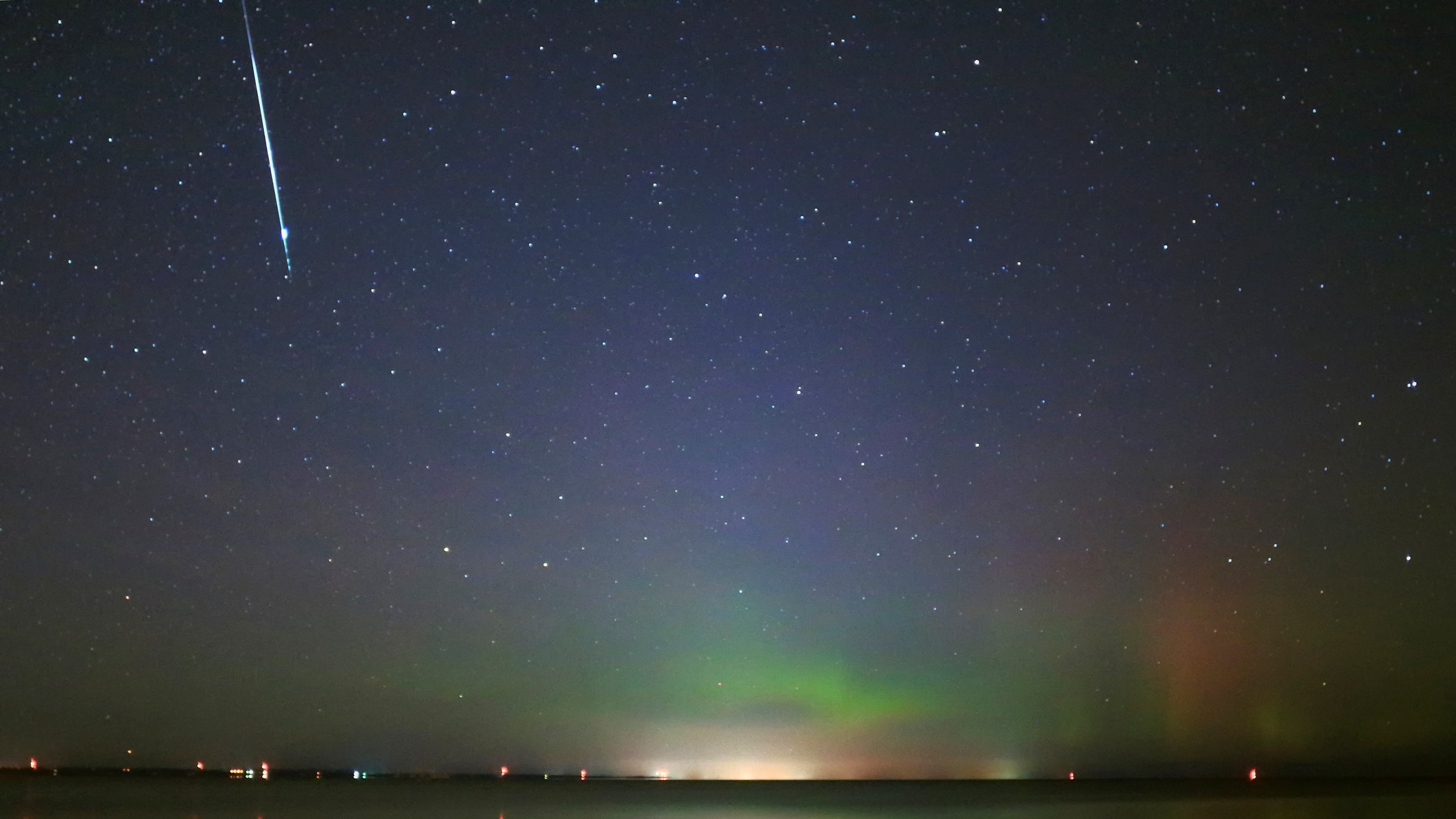
Every November in the Northern Hemisphere, there is the annual Taurid meteor shower. The Taurids put on a modest show when compared with other shower.
At peak viewing times, you may be able to see a few shooting stars per hour. You may not even notice the quiet star show above your head.
The Taurids peak in the southern hemisphere in October and are active for more than two months.
The Taurids are named after their star in the constellation. The constellation of Orion the Hunter is low in the sky and can be seen from the east. You can use the three blue-white stars as a pointer and follow it to the upper right where you can see the stars lying on their side. The horns of the bull are represented by the Hyades star cluster.
A small knot of stars that looks like a mini version of the Big Dipper can be seen further along. The Taurid meteors zip away from the star cluster just beneath it.
A photographer captures a Taurid meteor.
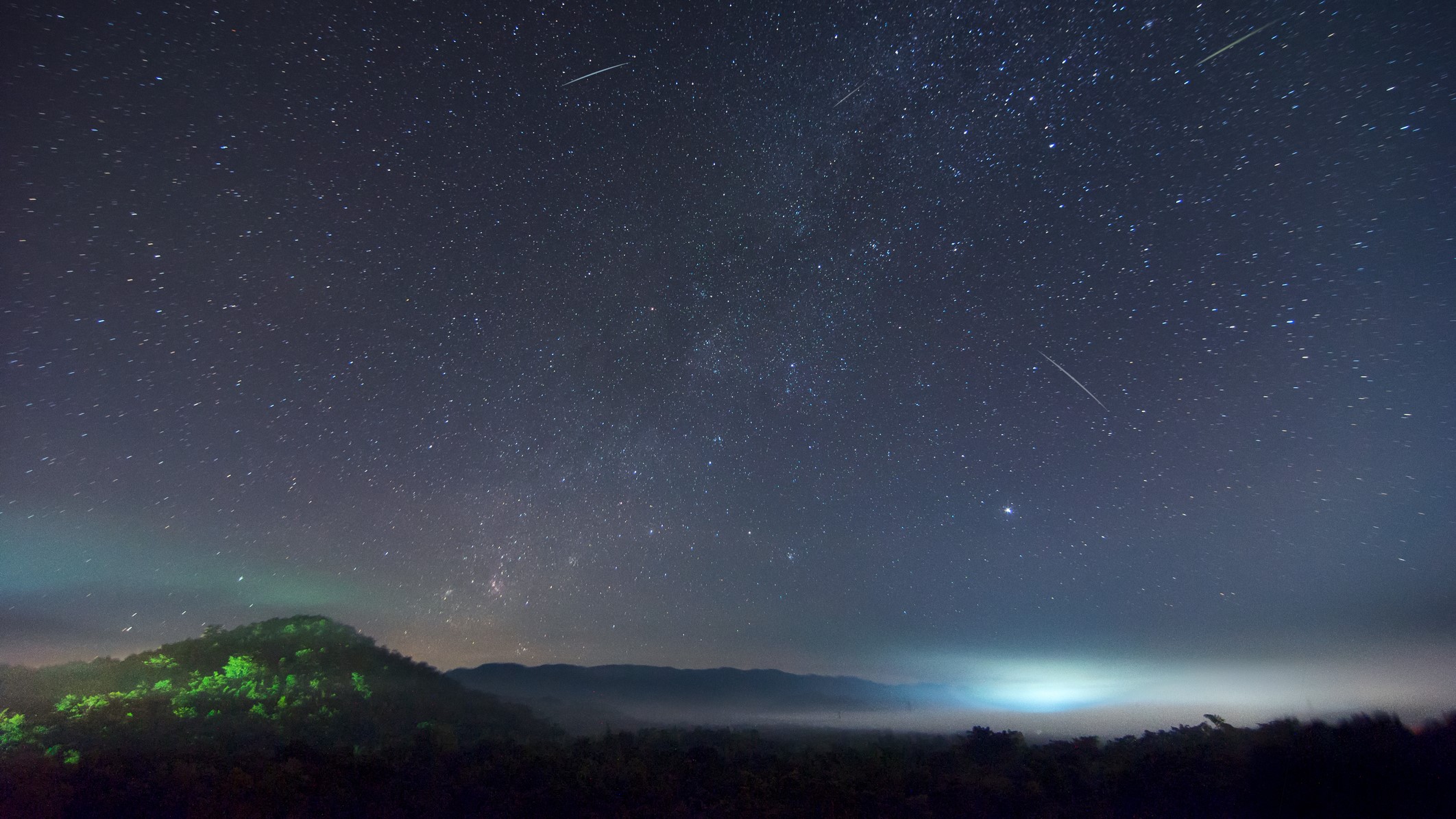
The shooting stars can be seen in the sky at 10 to 15 shooting stars per hour. On the night of Nov. 19 there may be a peak.
According to AMS, the Leonids are bright and have a high percentage of trains. This year they will peak between midnight and dawn.
The most amazing photos of the shower.
The lion is located in the center of the constellation.
Skygazing can be great, or dull. It all depends on where comet 55P/Tempel-Tuttle will be in its current location and the kind of debris that will be around when our planet passes through it.
The comet made its closest approach to the sun in 2001, and the Leonids put on big shows. It will take a long time for observers to see a big show from the Leonids.
The best we can hope for is peaks of around 15 shower per hour and occasionally a weak eruption when the earth passes near a debris trail. According to AMS, the Leonids are often bright and have a high percentage of trains.
There can be up to 140 meteors per hour on a clear sky in December. There will be bad interference from the full moon on the night of the peak.
The strongest shower in terms of rates is the Geminids. When the shower was first observed in the 1830s, rates were around 30 per hour, and now it's over 100 per hour.
The by-product of an asteroid is the Geminids. The debris that falls onto Earth comes from an asteroid.
There are stunning pictures of the Geminid meteor shower of 2021.
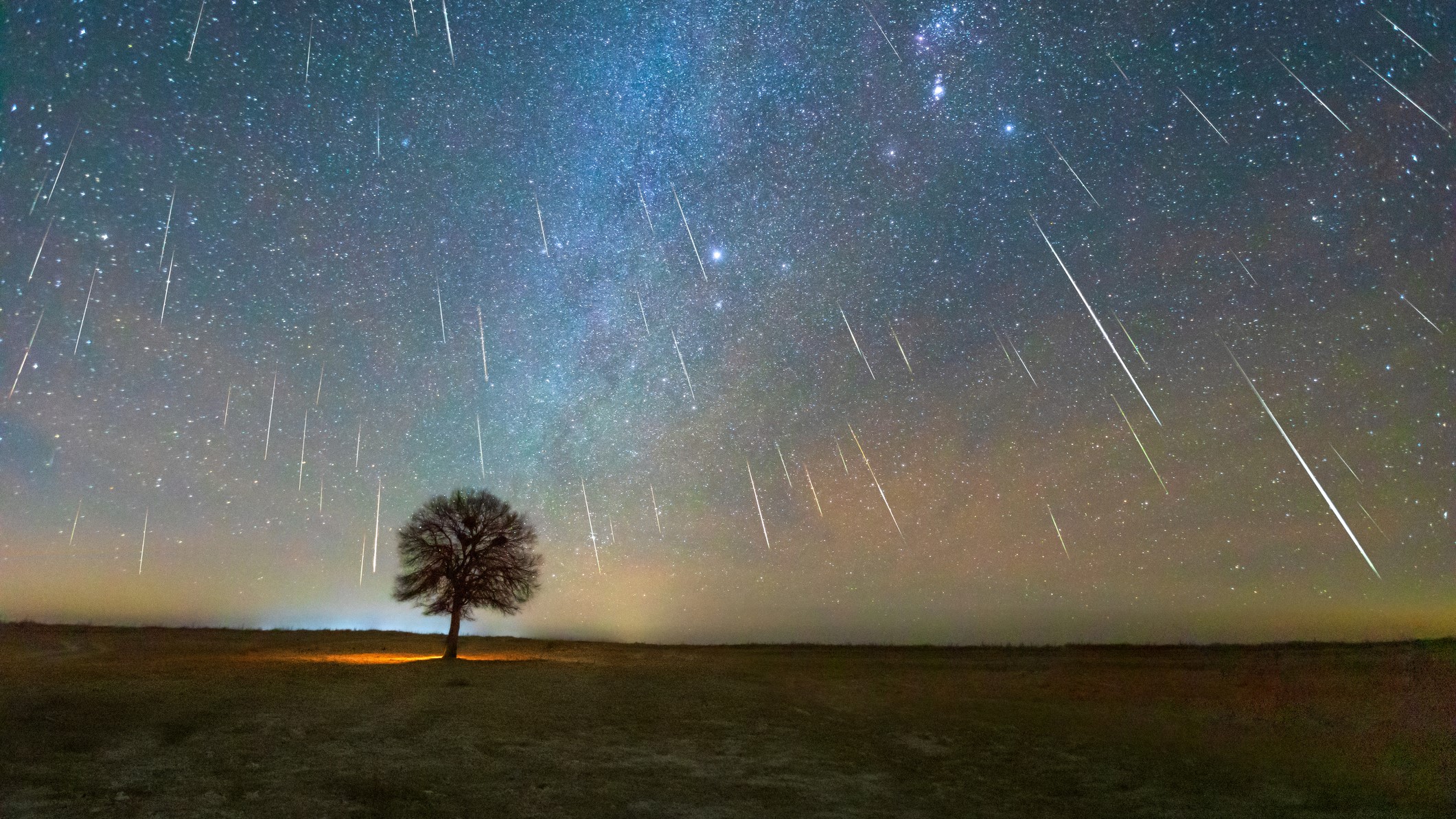
The shower is located in the constellation Gemini, which rises around sunset. The shower can be seen from the Southern Hemisphere but at a reduced rate.
According to AMS, bright and intensely colored gild meteors are not likely to produce long trails. In the southern hemisphere, these meteors are visible at reduced rates.
Discover the difference between sporadic meteors and meteor showers with Geology.com. You can learn more about meteorite showers with NASA. Find out how we predict the intensity of the shower with Science Focus.